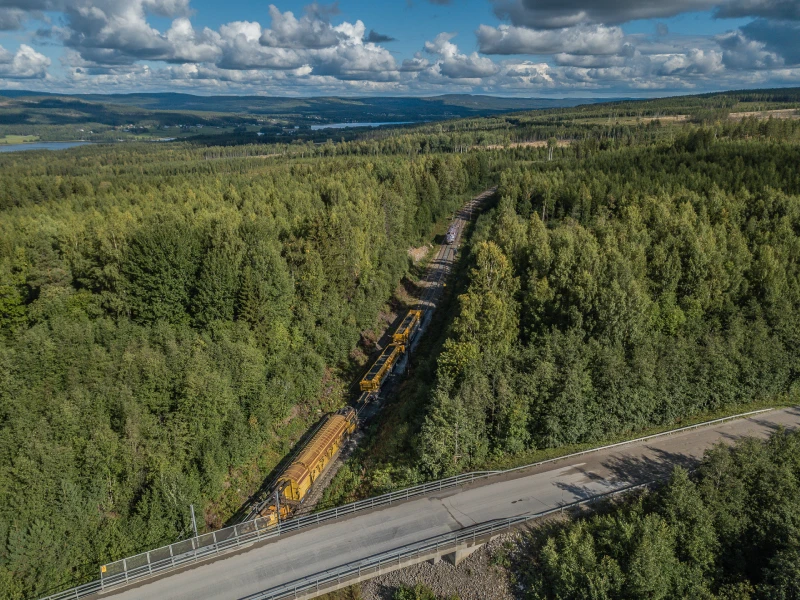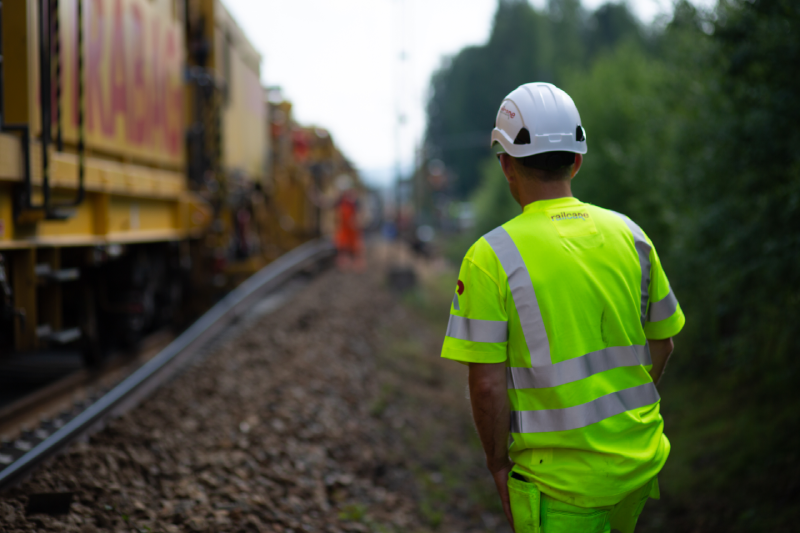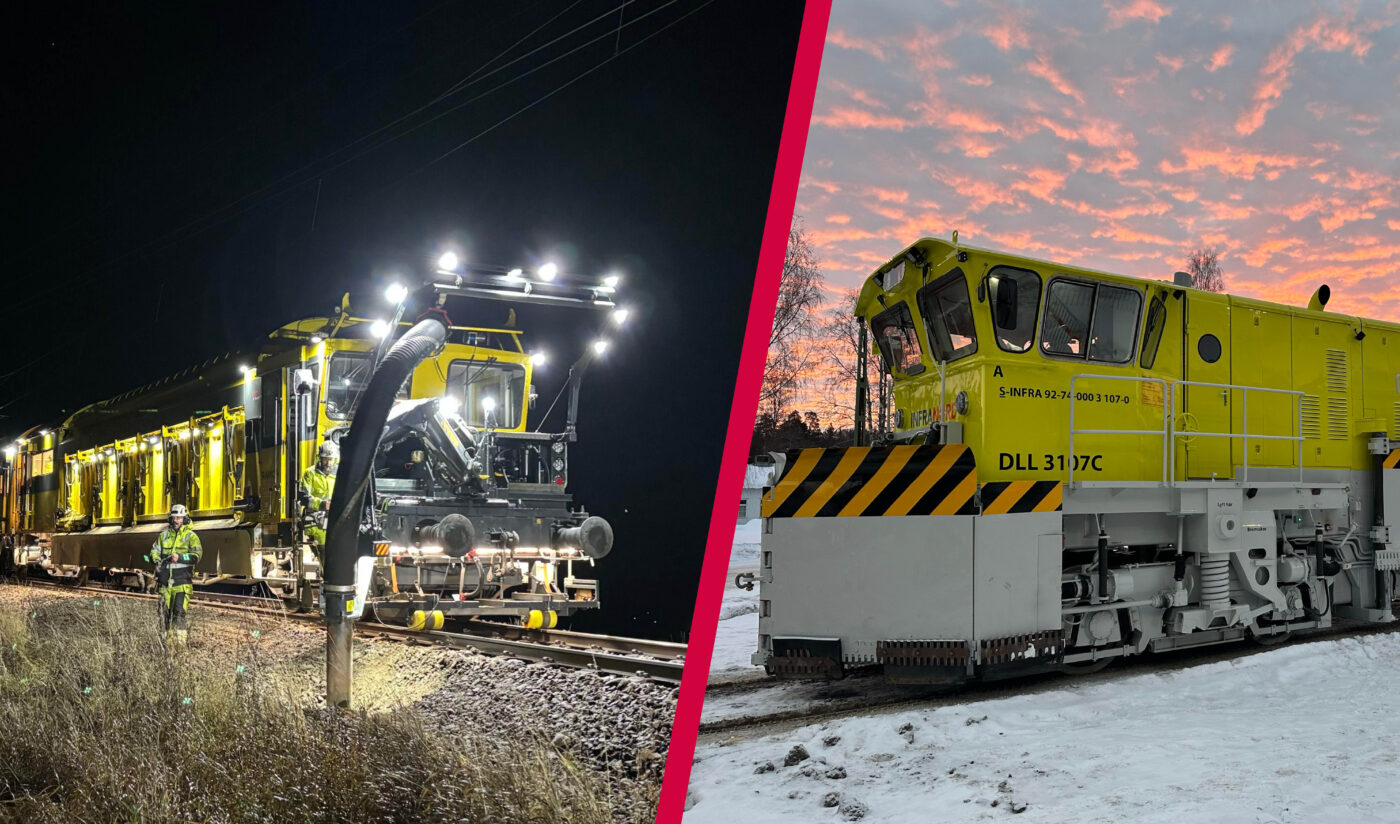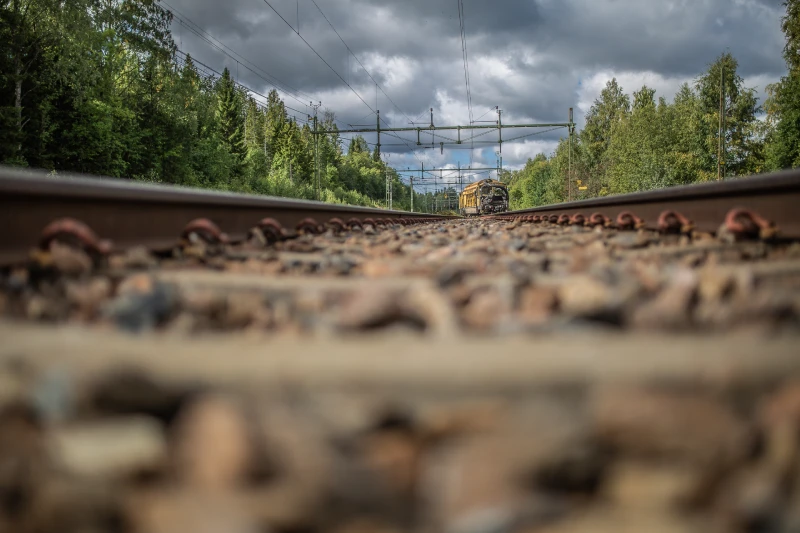Railcare’s strongest quarter to date.
THIRD QUARTER
- Consolidated net sales amounted to SEK 196.3 million (169.1).
- Operating profit (EBIT) amounted to SEK 30.2 million (20.3).
- Earnings per share before and after dilution amounted to SEK 0.85 (0.50).
FIRST NINE MONTHS OF THE YEAR
- Consolidated net sales amounted to SEK 497.4 million (478.3).
- Operating profit (EBIT) amounted to SEK 52.7 million (52.5).
- Earnings per share before and after dilution amounted to SEK 1.36 (1.13).
CEO COMMENTS
Net sales in the third quarter totalled SEK 196.3 million (169.1), and operating profit amounted to SEK 30.2 million (20.3). This corresponds to an operating margin of 15.4 percent (12.0).
“We are delivering our strongest quarter ever in terms of both net sales and profit. High capacity utilisation in our transport operations, our largest segment, contributes to a strong overall margin for the Group. We are already seeing the results of our efforts to develop the organisation and our working methods, which bodes well for the future.”
Our strongest quarter to date
The third quarter was our strongest ever, in terms of both net sales and profit. This positive development was mainly driven by our transport operations, supported by new standby assignments and the seasonally high volume of contracting transports. This creates strong leverage on the Group’s overall margin, as it allows us to use our resources more efficiently. We have also achieved strong locomotive availability through closer collaboration between the Transport and Technology operations. This is a clear example of how improved collaboration and ways of working within the Group contribute to a stronger Railcare. The volume of contracting transports, which depends on the number of track replacements, begins to decline early in the fourth quarter, as most of this year’s track work has now been completed.
The locomotive workshop in Långsele maintained high capacity utilisation, providing a boost to the Technology segment as a whole. As mentioned previously, the Technology segment will continue working to secure more external assignments, such as life extension projects and ongoing maintenance of locomotives and machines. Profit in the Contracting segment was impacted by an impairment of SEK 1.5 million related to a receivable from Rail Test Nordic, which was placed into bankruptcy during the quarter. Excluding this impairment, profit was in line with the previous year. In the UK, discussions are ongoing to secure a baseline level of assignments for the coming year, which will be crucial for the future of the UK operations. We expect these discussions to be concluded before the end of the year.
Record-high railway investments in the proposed national plan
On 30 September, the Swedish Transport Administration presented its proposal for a new national plan for transport infrastructure – covering both roads and railways – for the period 2026–2037.
The main focus of the plan is commuter travel, a more competitive business sector, and a strengthened national defence. Travel and transport are to become more reliable, efficient, and safe, while reducing their impact on the climate and environment. For the first time, the Swedish Transport Administration has set a target date for when the maintenance backlog is to be eliminated. For the railway, the target year is 2050. The long timeframe is due to the need to keep train traffic running throughout the process. Railways are prioritised in the plan, with around 80 percent of its named investments directed towards developing the existing railway network.
Socioeconomic benefit has been a guiding principle for the investments included in the plan. This means that maintenance projects have primarily been prioritised based on the overall benefit they deliver. In practice, this requires using the most efficient methods for carrying out maintenance work – methods that contribute to long-term robustness and reliability. This places new demands on the procurement process. The lowest price is not always the best long-term solution. Track access time for maintenance work is also crucial to keeping traffic running as much as possible.
The priority areas in the new plan represent a strong opportunity for Railcare, as we have spent many years developing efficient machines and methods. As maintenance needs increase alongside growing rail traffic, efficient maintenance methods will be essential to ensuring a robust and reliable railway in the long term. In this area, we are at the forefront and already a trusted supplier in the industry.
Mattias Remahl
CEO




